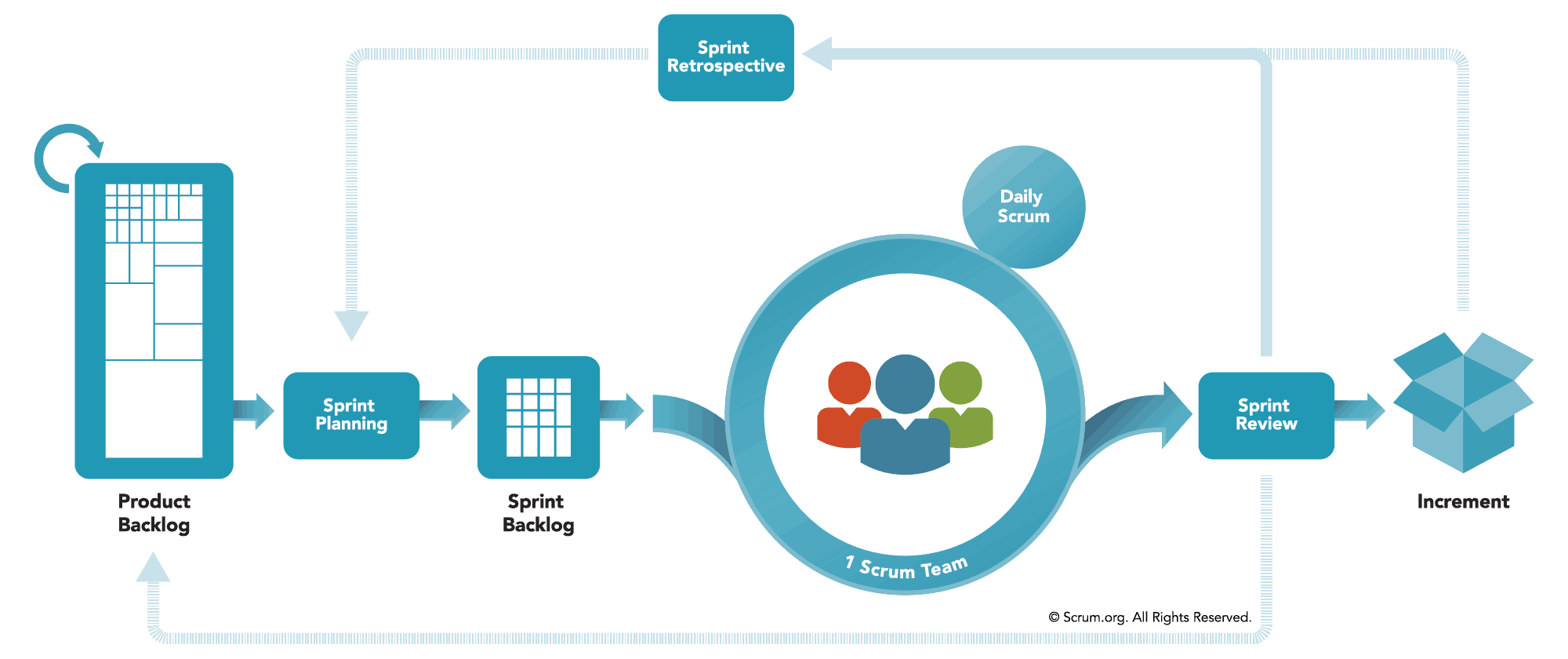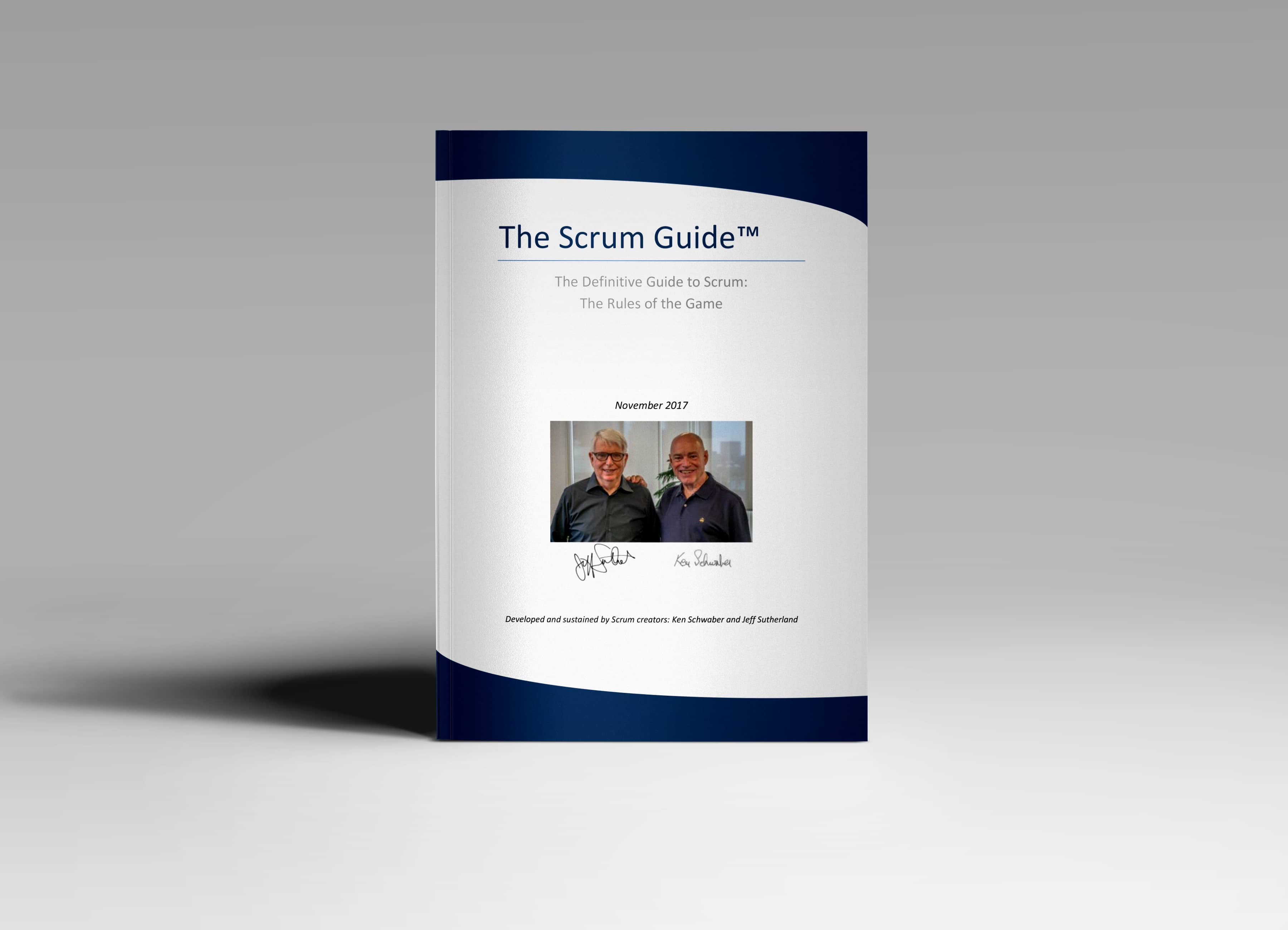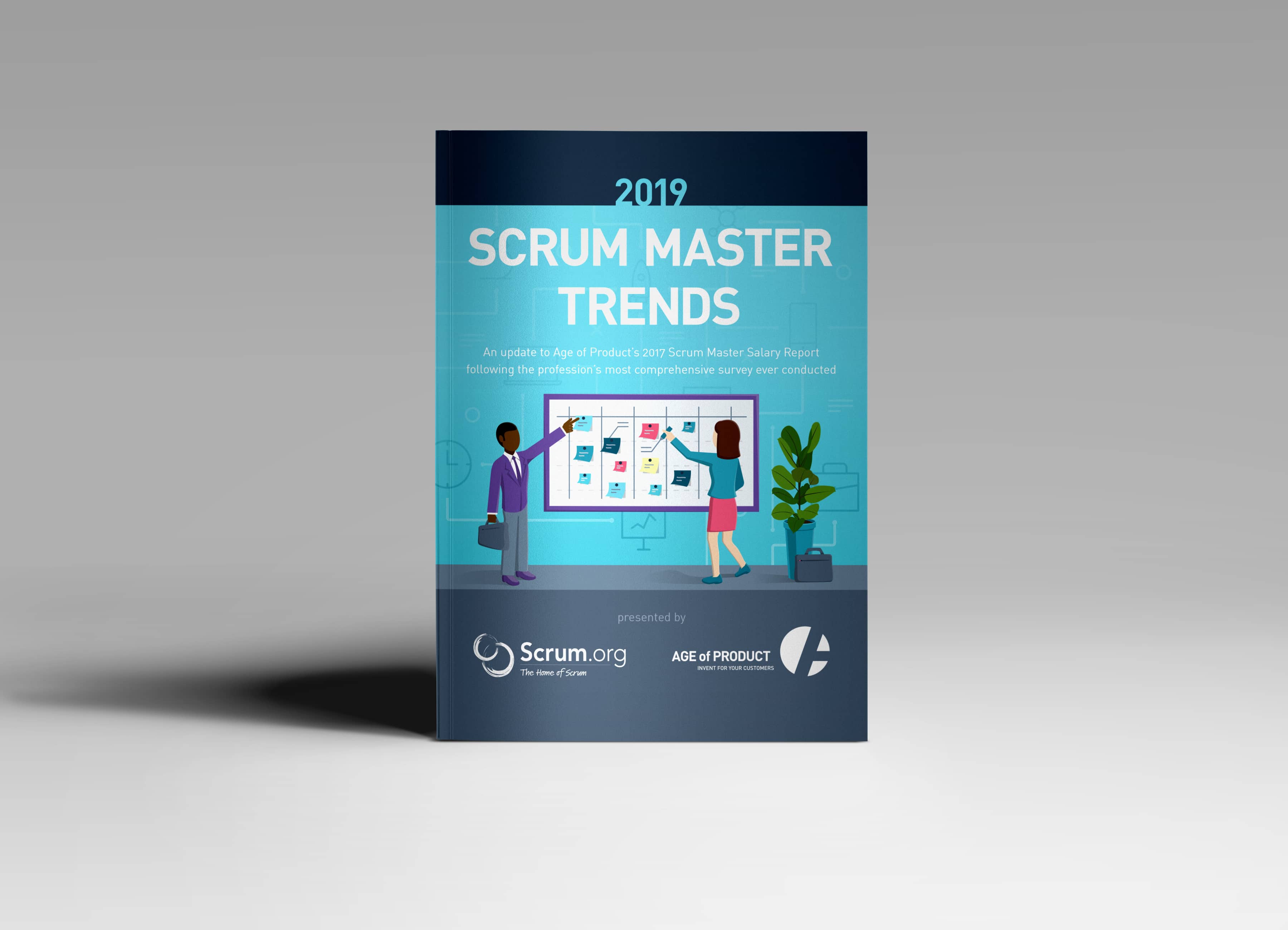The two-day training for Product Owners is designed to equip participants with the skills necessary to fulfil the role of a Product Owner – a business-minded entrepreneur, responsible for the product vision and the Product Goal, collaborating closely with other members of the Scrum Team(s).
The training takes participants through the process of defining a product, covering aspects such as creating a product vision, establishing a roadmap, identifying business drivers, and understanding the needs of customers and users through the formulation of Product Backlog Items (ofter User Stories, a common practice in agile). Attendees will acquire the knowledge and skills necessary to effectively construct and manage the Product Backlog.










![Scrum Guide [2020.11]](https://miroslawdabrowski.com/wp-content/uploads/2024/01/Scrum-Guide-2020.11.jpg)



![Evidence Based Management Guide [2019.01]](https://miroslawdabrowski.com/wp-content/uploads/2019/01/Evidence%20Based%20Management%20Guide%2001.2019.jpg)
![Evidence Based Management Guide [2018.09]](https://miroslawdabrowski.com/wp-content/uploads/2018/10/Evidence%20Based%20Management%20Guide%2009.2018.jpg)
![The 8 Stances of a Scrum Master Whitepaper v2.0 [2017.05]](https://miroslawdabrowski.com/wp-content/uploads/2017/10/The%208%20Stances%20of%20a%20Scrum%20Master%20Whitepaper%20v2.0%20%5B05.2017%5D.jpg)

